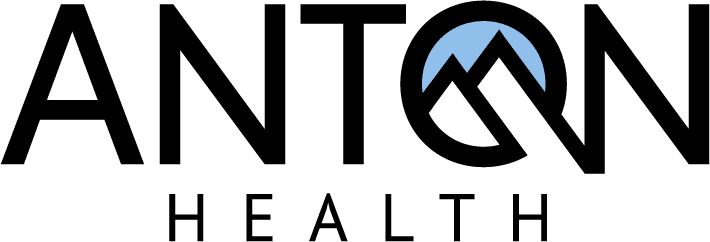Virtually everyone in specialty pharmacy realizes that good patient communications are key contributing factors to improved outcomes. However, the industry has grappled with how to best communicate with patients with many well-intentioned initiatives withering on the vine. Numerous high-tech efforts, such as smart phone apps, have also been tried with mixed results. Let’s not forget that these tech driven initiatives can also be expensive. None the less, the article below is a reminder that….. If at first you don’t succeed, try, try again.
WellDyne (the PBM) presented recently at the 2021 Pharmacy Benefit Management Institute Annual National Conference on the topic of high-tech patient engagement. It seems that they’ve taken patient communications to the extreme by grouping patients using “psychographic segmentation”. Patients were slotted into five groups: direction takers, balance seekers, priority jugglers, self-achievers, and willful endurers. Presumably, the messaging they developed is tailored to each segment and then ‘combobulated’ into a tech delivery utility. I am not saying that this is wrong in any way, but one gets the sense of the difficult currents a specialty pharmacy might need to navigate to achieve such targeted patient engagement.
Of the few examples included in the article, one warrants positive mention….. the concept of a tailored, tech-driven intervention at the 14-day mark following therapy initiation to review side effects. We’ve not heard of any specialty pharmacies going the high-tech route. The timing makes sense….. and the outreach would be clinically justified. Patients that reply to an easy ‘click on all that apply’ list of side effects and acute events (AEs) could be easily flagged for a clinical intervention and could also generate actionable, therapy-specific findings.
High-tech tools engage patients and result in better outcomes
The use of high-cost specialty drugs has put pressure on health plans and PBMs to better manage the pharmacy benefit, and innovative strategies are needed to deal with costs while also meeting patient needs, according to a presentation today by WellDyne executives at the 2021 Pharmacy Benefit Management Institute Annual National Conference
September 14, 2021 — David Skomo, RPh, senior vice president and chief pharmacy operations officer, and Nick Page, Pharm.D., chief pharmacy officer, discussed how approaches that take into account patient preferences can lead to better care and a lower cost trend.
“We’ve built high-tech interventions into our patient care model,” Skomo said. “Providing a variety of options for the patients and how they participate with us empowers patients to take charge of their healthcare. Maybe even more importantly, it encourages patients to partner more closely with the healthcare provider team.”
Technology that supports a two-way flow of information can provide a more holistic view of patient health and behavioral patterns. But the channels need to be personalized and provide patient support to increase adherence and satisfaction, the presenters said.
WellDyne has a care model that provides patients with a wide variety of options and communication channels to participate with the organization, including self-serve options through the telephone as well as a healthcare portal, Skomo said.
Skomo discussed Welldyne’s efforts to tailor it messaging to patients grouped by “psychographic segmentation” and motivate the accordingly. The company has grouped patients into five groups: direction takers, balance seekers, priority jugglers, self-achievers, and willful endurers. Skomo stressed the importance of “marrying” the communication channel with these patient tendencies to motivate people to stay adherent.
“We’ve taken the technology to the next level and introduced digital capabilities through text messaging,” he said. “We can send a request to patients via text asking them to take action — for example, filling a prescription. By deploying that technology, along with additional communication channels, we provide convenience for the patient.”
Page reviewed some of the overall consequences of nonadherence, which he said includes 125,000 death per year and $600 billion in costs. Page said WellDyne’s efforts to more carefully monitor patients and meet their needs results means the company has been successful in lowering specialty drug cost increases to 5%-6%, lower than the industrywide increases of 10%-20%.
WellDyne’s “push technology” has been useful during the COVID-19 pandemic because patients are using drive-through and mail order services more often, Page added. “Many pharmacies are reducing staff, which makes it very difficult for the consumer to be able to access a pharmacist to ask questions,” he said. “Patients may not feel comfortable asking a pharmacist a question with a lot of other people around.”
WellDyne clinicians use digital tools to send out patient assessment questionnaires, Skomo said. “We find that the patients are much more likely to provide responses to those types of assessments,” he said. “It’s not us calling them. Patients can use their smartphones to provide those responses very easily at a time and place most convenient for them.”
Patients, Skomo said, engage with the organization more frequently now because of the digital services. “That allows us to derive much more valuable insights and paints a more robust picture of care for that particular patient.”
Patient adherence has increased since WellDyne began using the digital technology; in fact, according to Skomo, medication adherence rates have increased 36%.
The technology is also driving savings for both the consumer and the plan. “Some of our outreach messages are related to educating members about their health, about their benefit and about lower cost options,” Page said. “We’re able to provide information to the consumer about options they have. But it’s not just about product selection; it’s also about educating patients or reminding them that they have a mail-order benefit.”
Part of the communications includes a follow-up 14 days after a patient starts a new therapy to educate that patient about possible side effects. This, Page said, helps with medication adherence.
WellDyne also provides education related to a patient’s disease or condition through digital channels.
“During Diabetes Awareness Month, for example, we’ll do a lot of campaigns and communications to educate possible undiagnosed diabetics about the risk and provide some short online screening tools to help them know whether they might be at risk,” Page said.
Consumers, Skomo said, are hungry for information. “The push technology tends to get read almost immediately,” he said. “We see much better engagement with that than we typically do with emails or print media mailed to the home.”
But patient communication is not one-size-fits-all. “We make it easy and convenient for patients to engage, but the context of the message, as well as motivating a patient to take action, is very important,” Page said.
Skomo noted that many specialty patients don’t want payers and PBMs communicating with them so often and just want to be left alone. “If we make it easy for patients, they don’t feel like we are a bother.”


